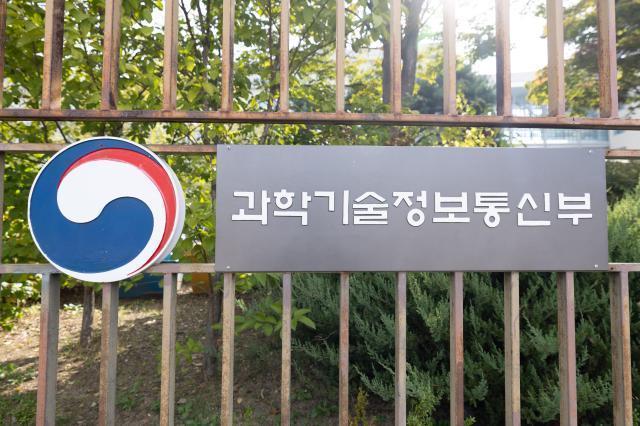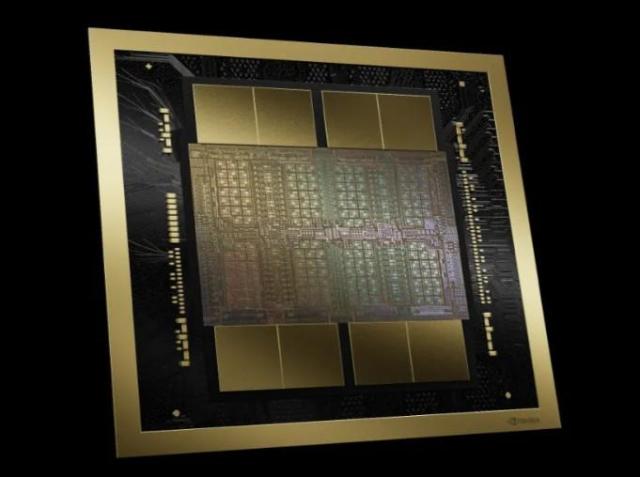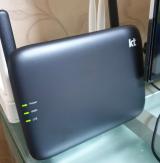
This initiative aims to ensure timely support for the academic, industrial, and research sectors amid growing demand for high-performance computing. Following the May budget allocation, the ministry conducted a rigorous month-long process that included public bidding, proposal evaluations, and on-site inspections before finalizing the three operators.
The GPU procurement will focus on NVIDIA’s newest models, with 10,080 units of the Blackwell architecture-based B200 and 3,056 units of the Hopper architecture-based H200. Of these, more than 10,000 units, specifically 8,160 B200s and 2,296 H200s, will be deployed directly by the government to large-scale clusters to support domestic AI demands.
The B200, based on NVIDIA’s latest Blackwell architecture, offers up to 2.25 times the performance of the H200 in FP8 (8-bit floating point) and Tensor Core operations, making it one of the most powerful AI chips currently available.

Naver Cloud will be responsible for managing 3,056 H200 units, centered around the current-generation Hopper architecture. Of the government’s 2,296 allocated units, 2,040 will be deployed in 255-node clusters and 256 in 32-node clusters. The company aims to make these resources fully available for academic and research use by the end of the year.
Kakao will deploy 2,424 B200 units, focusing on operational efficiency. The government’s 2,040 units will be arranged into a single 255-node cluster, with partial beta services also planned for launch this year.
To ensure equitable and efficient usage, the ministry will establish a centralized GPU access system. Through this system, universities and research institutions can apply for GPU access online. Resource allocation will be based on proposal reviews, and idle resources will be redistributed to pending applicants in real time, maximizing nationwide utilization.
Formal agreements with operators and GPU procurement are expected to begin in August. The full-scale service launch is targeted for later this year, with the infrastructure supporting major national initiatives such as sovereign AI foundation model development.
"This advanced GPU acquisition will become the cornerstone of Korea’s AI innovation," said Minister Bae Kyung-hoon. "It marks the first step in building a national AI superhighway that enables our country to leap ahead as a global AI leader."
Copyright ⓒ Aju Press All rights reserved.



